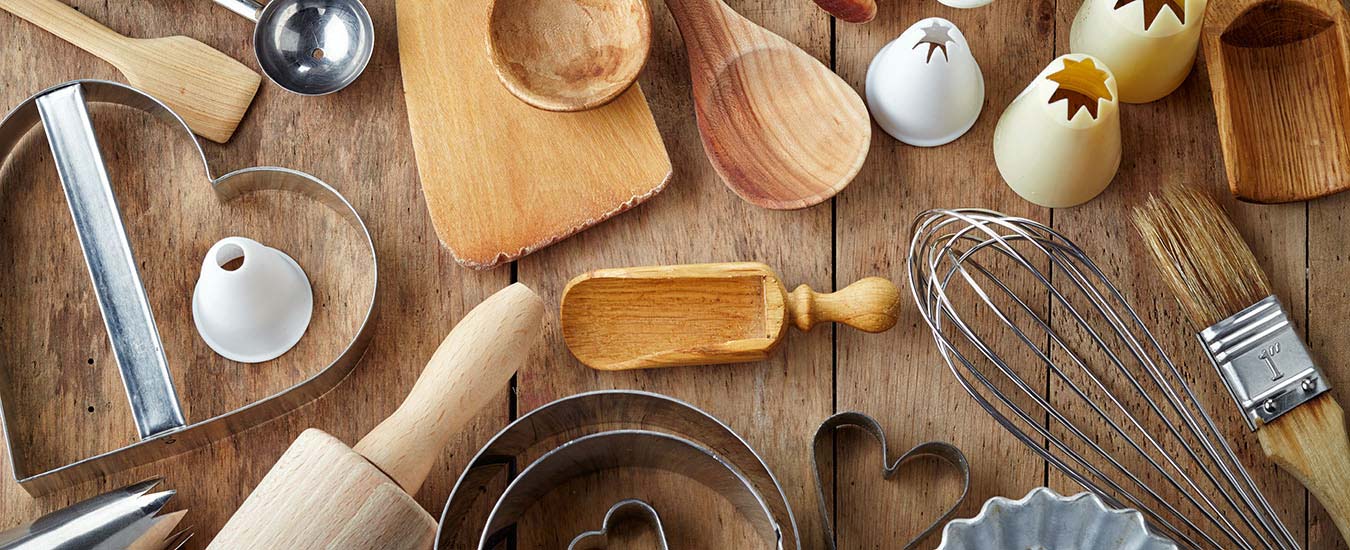Maple syrup offers sweet, warm surrender to sweater weather and beyond.
As balmy breezes are replaced by cool, crisp air, hinting at what's to come, I look to food for comfort-which is where pure maple syrup comes into play. I use the woodland crop year-round to glaze carrots and ham, and as the obligatory accompaniment to pancakes.
In fact if you're ever out and about and you come across me with my back to a huge stone fireplace enjoying a big plate of wholewheat pancakes smothered in maple syrup, with 50 or so of my new best friends, chances are we are at Sugar Moon Farm in Earltown, NS.
Sugar Moon is one of those unique if-you've-never-been-there-you-gotta-go places, where you can learn about the history and craft of maple sugaring. When you walk through the door of the log pancake house the enveloping warmth could be from the huge fireplace, or from the friendliness exuded by both staff and visitors.
Of course, sugar camps are found throughout the Maritimes and Quebec - 85 per cent of the world's crop is produced in Eastern Canada, and 15 per cent in the Northeastern US.
Acadian Maple is another notable regional producer, located in Upper Tantallon, NS. The business began as a hobby to meet the Allaway family's desire for something sweet. After a few years of stovetop production-ruining the kitchen ceiling with steam in the process-the family was producing more syrup than it could consume. A local gift store took some of the excess and a week later needed more.
The business grew. In 2001, the Allaways purchased a small shop, moving from a two-car garage to the new location. Next they built a packing and processing plant in the Wentworth Valley. With a growing export market, Acadian Maple undertook a large expansion in 2009, constructing a new facility in Upper Tantallon. The new building houses the full packaging/processing plant, office, a warehouse and an expanded retail shop. There's also an interpretive centre where visitors can learn about the natural sweetener, as well as see what's being processed or packaged that day.
On average Acadian Maple processes approximately 70,000 litres of pure maple syrup annually. The bulk of its raw product comes from regional suppliers, primarily in Cumberland County, NS.
There's evidence that First Nations People were collecting maple sap long before the Europeans arrived. The natives called the period when the sap was running-from early to mid March to mid April, depending on the weather-the season of the maple moon. They collected sap in birch buckets, concentrating it by dropping hot stones into the buckets.
Two items that Europeans brought with them were iron kettles and white sugar, which the natives referred to as "French snow"-and to their benefit, essentially dismissed. White sugar is stripped of its nutrients in the refining process, whereas maple syrup, a healthier alternative, is high in calcium, potassium, magnesium, phosphorus, zinc and iron. (Not that you're going to consume a bucket of it or anything.)
But the natives recognized the value of the iron kettles, trading heavily for them.
The process to make syrup may not have changed much over the years, but the tools have evolved. The old iron kettles used to sugar off, or concentrate the sap into syrup, have been replaced by evaporators. As the sap boils it becomes thicker and sweeter, until it reaches the right consistency. If it's not thick enough it won't be sweet enough, and it will spoil quickly; if it's too thick it will crystallize in the bottle.
In some cases individual spouts have been replaced with continuous, gravity-fed tubing that transports the sap directly to holding tanks. However many cottage industries in Atlantic Canada still rely on the method of daily hand collection.
I grew up visiting a sugar camp in St-Jacques, NB, that was owned by my uncle Camille Bossé. The draw to follow the grownups into the woods was as strong as the allure of drinking sap straight from the bucket. La Sucrerie Bossé still operates today-Camille's sons Réal and Michel carry on the tradition.

Recipes featured in this article:
Do you have a recipe to recommend to Alain, or is there a food topic you'd like to see covered in Saltscapes? Send an e-mail to This email address is being protected from spambots. You need JavaScript enabled to view it..
